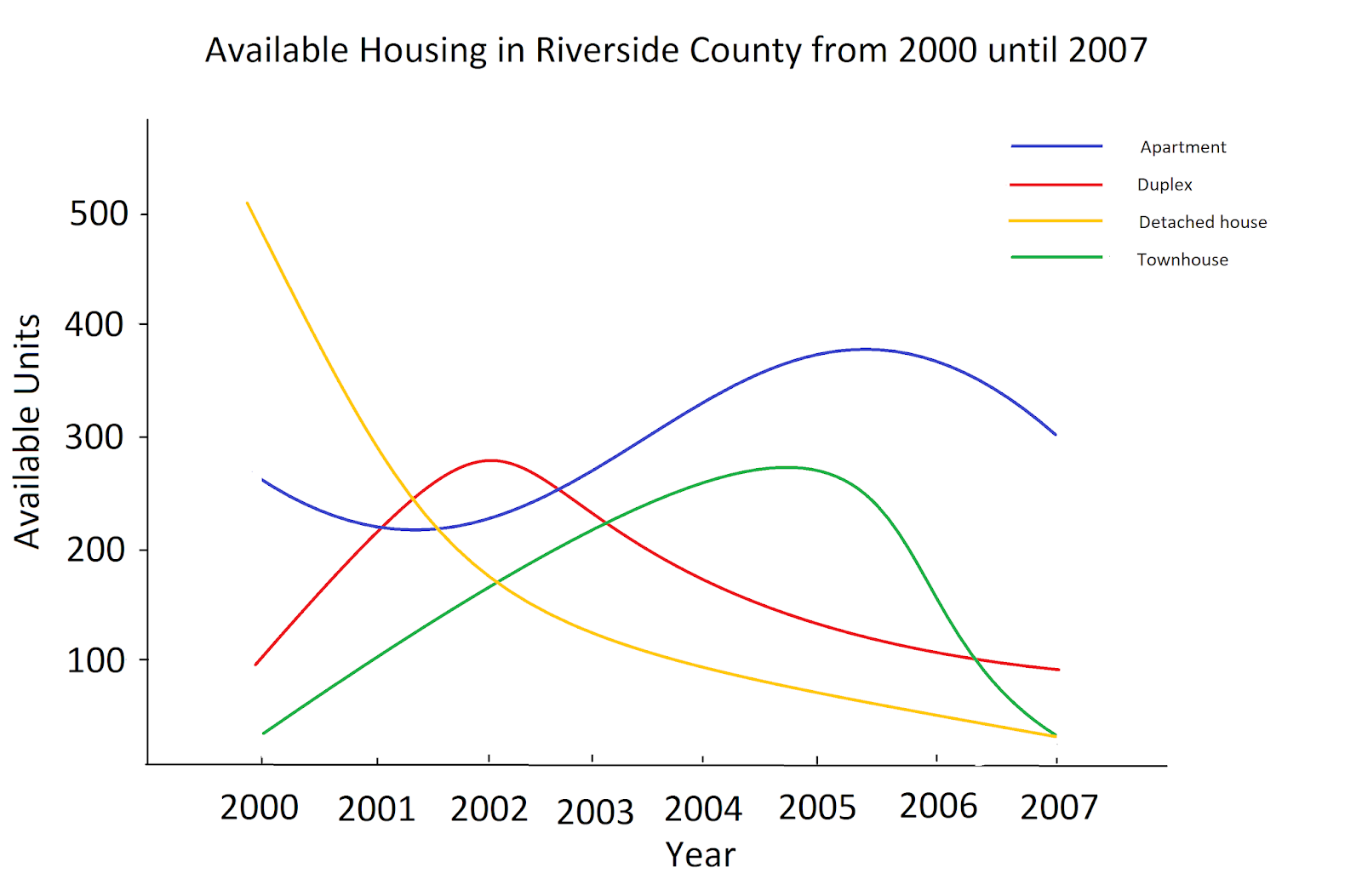

It can be best to evenly divide sections into the appropriate increments.

You can put “Time (months)” so it's simple and clear. This can make a difference in how people read your graph. If time is a factor, specify whether you're analyzing it in hours, days, months or another unit. If money is one of your factors, make sure to indicate what type of currency it's in. Each axis might have a label with the numeric system that you can use along with what measurements are used. Any other numeric values go on the y-axis. If time is a factor in your line graph, put it on the x-axis. Related: 17 Common Types of Function Graphs and Their Formulas 2. Then add a title at the top of the page to explain the topic of the graph you plan to make using your table. Once you've chosen your method, create a table that has the values for the x-axis and the y-axis. For a low-tech approach, try using paper to create a table manually. You can also try using online applications to make your table.
Line graph examples software#
You can use various tools, like spreadsheet software or word-processing applications. Make a tableįirst, choose the way you intend to create your table. Follow these steps to create an effective line graph: 1.
Line graph examples how to#
Related: How To Change Y-Axis Values in Excel (2 Methods) How to create a line graphĪ line graph can help you analyze information that has connections in some way. For example, one company can only have one amount of money on a certain date. Every x value only has one y value, which leads to a line that progresses horizontally. The y-axis is the dependent axis because its values depend on those on the x-axis. For example, units of time usually appear on this axis, since time always moves forward regardless of other factors. The x-axis is an independent axis, as the values are not dependent on anything. This typically involves other data points, like sales figures or quantities. Y-axis: The vertical line on the left side of the graph. This typically involves time references, like dates, months or years. X-axis: The horizontal line at the bottom of the graph. Each department can have its own line with its own color, and a legend on the graph can explain which colors correspond to which lines. For example, you can create a line graph showing the difference in profits that each department makes in a company. Line graphs, also known as line charts, can have multiple lines on the same axis, which readers typically compare to one another. What is a line graph?Ī line graph is a type of chart that displays how the value of an item changes over time. In this article, we review what line graphs are, explain how to create one and share ways to use them in your career. If you work in any of these fields or want to improve your data and presentation skills, you can benefit from using properly formatted line graphs. Line graphs are common in finance and marketing, but they also work well in weather monitoring and laboratory research. A line graph is a visual tool that can companies in any industry can utilize to show the value of something over time.


 0 kommentar(er)
0 kommentar(er)
